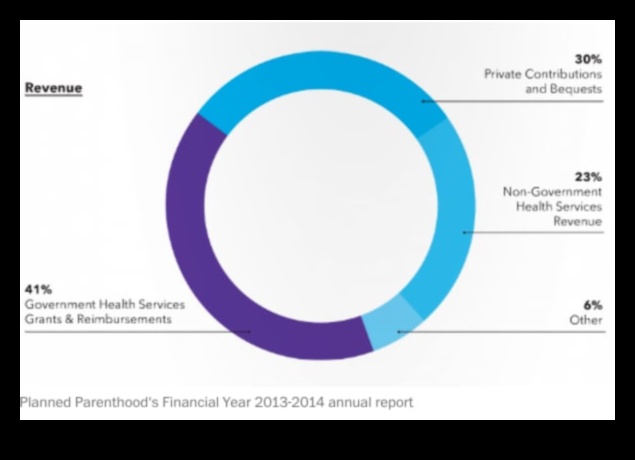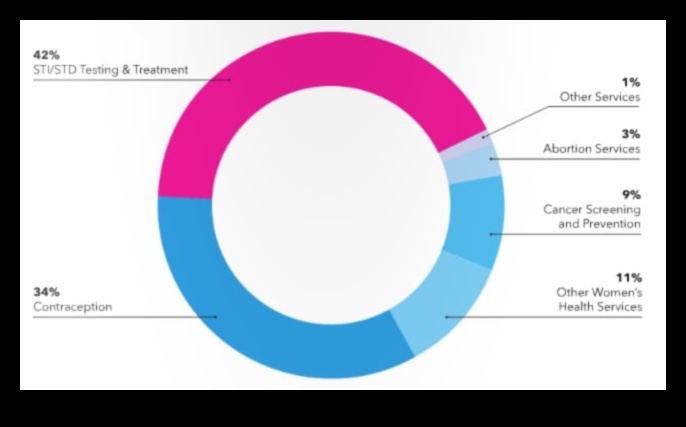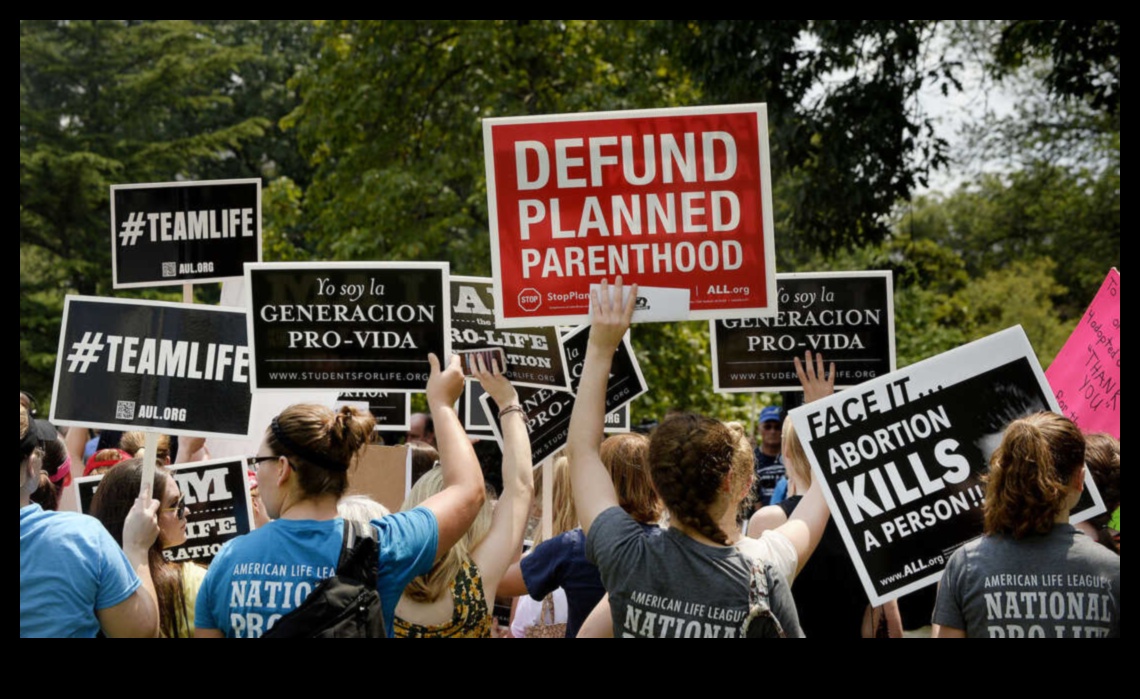
I. Introduction
II. History of Planned Parenthood Funding
III. Current Funding Sources for Planned Parenthood
IV. Arguments for and Against Planned Parenthood Funding
V. The Political Debate Over Planned Parenthood Funding
VI. The Legal Battle Over Planned Parenthood Funding
VII. The Impact of Planned Parenthood Funding on Women’s Health
VIII. The Future of Planned Parenthood Funding
IX. Conclusion
X. FAQ
| Feature | Answer |
|---|---|
| Planned Parenthood Funding | The federal government is the largest single funder of Planned Parenthood, providing \$543 million in 2021. |
| Planned Parenthood Donors | Individual donors are the second largest source of funding for Planned Parenthood, providing \$455 million in 2021. |
| Planned Parenthood Money | Planned Parenthood’s total revenue was \$1.6 billion in 2021. |
| Planned Parenthood Revenue | Planned Parenthood’s net income was \$261 million in 2021. |
| Planned Parenthood Budget | Planned Parenthood’s operating budget was \$1.3 billion in 2021. |

II. History of Planned Parenthood Funding
Planned Parenthood has been a controversial organization since its founding in 1916. In its early years, the organization faced opposition from religious groups and conservative politicians who objected to its work providing reproductive health care services, including abortion. Despite this opposition, Planned Parenthood has continued to grow and expand its services, and it now receives funding from a variety of sources, including private donations, government grants, and fees for services.
III. Current Funding Sources for Planned Parenthood
Planned Parenthood receives funding from a variety of sources, including:
- Government grants
- Private donations
- Fees for services
- Philanthropic foundations
- Corporate donations
In 2019, Planned Parenthood received a total of $563.3 million in revenue. Of this total, 44% came from government grants, 33% came from private donations, 15% came from fees for services, 6% came from philanthropic foundations, and 2% came from corporate donations.
Planned Parenthood’s largest government grant is from the Title X Family Planning Program, which provides funding for family planning services to low-income individuals and families. In 2019, Planned Parenthood received $253.5 million in Title X funding.
Planned Parenthood’s largest private donor is the Susan Thompson Buffett Foundation, which provided $15 million in funding in 2019.
Planned Parenthood’s fees for services are based on a sliding scale, which means that patients pay what they can afford. In 2019, the average patient paid $125 for a visit to Planned Parenthood.
Planned Parenthood also receives funding from a number of philanthropic foundations, including the Ford Foundation, the Rockefeller Foundation, and the Bill & Melinda Gates Foundation.
Finally, Planned Parenthood receives corporate donations from a variety of companies, including Johnson & Johnson, Merck, and Pfizer.
IV. Arguments for and Against Planned Parenthood Funding
There are a number of arguments for and against funding Planned Parenthood. Some of the most common arguments include:
- Pro-choice arguments: Planned Parenthood provides essential reproductive health care services to women, including abortion. Opponents of abortion argue that funding Planned Parenthood is tantamount to supporting abortion.
- Pro-health arguments: Planned Parenthood provides a wide range of preventive health services, including cancer screenings, STI testing and treatment, and contraception. Opponents of Planned Parenthood argue that these services can be provided by other health care providers.
- Pro-women’s rights arguments: Planned Parenthood is a leading advocate for women’s rights. Opponents of Planned Parenthood argue that the organization is biased against men.
- Anti-poverty arguments: Planned Parenthood provides affordable health care services to low-income women. Opponents of Planned Parenthood argue that the organization is a drain on government resources.
The debate over Planned Parenthood funding is complex and multifaceted. There are valid arguments to be made on both sides of the issue. Ultimately, the decision of whether or not to fund Planned Parenthood is a matter of personal opinion and political ideology.
Who Funds Planned Parenthood?
Planned Parenthood receives funding from a variety of sources, including:
- Federal grants
- State and local government grants
- Private donations
- Fees for services
In 2020, Planned Parenthood received over $560 million in revenue. Of this total, $350 million came from federal grants, $100 million came from state and local government grants, $75 million came from private donations, and $35 million came from fees for services.
Planned Parenthood’s largest source of funding is federal grants, which are provided by the U.S. Department of Health and Human Services. These grants are used to support a variety of Planned Parenthood programs, including:
- Family planning services
- Sexual health education
- Maternity care
- Preventive health screenings
Planned Parenthood also receives funding from state and local government grants. These grants are used to support Planned Parenthood programs in specific states and localities.
In addition to government funding, Planned Parenthood also receives private donations from individuals, foundations, and corporations. These donations help to support Planned Parenthood’s mission of providing comprehensive reproductive health care to all people, regardless of their ability to pay.
Finally, Planned Parenthood also receives revenue from fees for services. These fees are charged for services such as contraception, abortion, and STD testing.
Planned Parenthood’s funding is essential to its ability to provide comprehensive reproductive health care to all people. Without this funding, Planned Parenthood would not be able to provide affordable, accessible, and high-quality care to the millions of people who rely on it.
6. Who Funds Planned Parenthood?
Planned Parenthood receives funding from a variety of sources, including:
- Government grants
- Private donations
- Fees for services
- Fundraising events
In 2019, Planned Parenthood received a total of $553.7 million in revenue. Of this amount, $350.5 million came from government grants, $109.3 million came from private donations, $58.6 million came from fees for services, and $25.3 million came from fundraising events.
Planned Parenthood’s largest government funder is the U.S. Department of Health and Human Services (HHS). In 2019, HHS provided Planned Parenthood with $255.8 million in Title X funding, which is used to support family planning services.
Planned Parenthood’s largest private donor is the Susan Thompson Buffett Foundation. In 2019, the Buffett Foundation provided Planned Parenthood with $25 million in funding.
Planned Parenthood’s fees for services are typically based on a sliding scale, meaning that patients pay what they can afford. In 2019, the average patient paid $150 for a visit to Planned Parenthood.
Planned Parenthood also holds fundraising events throughout the year to raise money for its work. In 2019, the organization held over 1,000 fundraising events and raised over $25 million.
Planned Parenthood’s funding is essential to its ability to provide high-quality, affordable reproductive health care to millions of people each year. Without this funding, Planned Parenthood would be forced to cut back on services or close its doors altogether.
VII. Impact of Planned Parenthood Funding on Women’s Health
Planned Parenthood provides a wide range of reproductive health services to women, including birth control, abortion, and cancer screenings. The organization also offers a variety of educational programs and resources to help women make informed decisions about their reproductive health.
Research has shown that Planned Parenthood funding has a positive impact on women’s health. For example, a study by the Guttmacher Institute found that women who have access to Planned Parenthood services are more likely to use birth control, have fewer unintended pregnancies, and have healthier pregnancies and deliveries.
Planned Parenthood funding also helps to reduce the number of abortions in the United States. A study by the National Abortion Federation found that states with more Planned Parenthood clinics have lower abortion rates.
In addition, Planned Parenthood funding helps to improve women’s economic security. A study by the Center for American Progress found that women who have access to Planned Parenthood services are more likely to be employed, earn higher wages, and have more financial stability.
Overall, the evidence suggests that Planned Parenthood funding has a positive impact on women’s health, economic security, and reproductive rights.

VIII. The Future of Planned Parenthood Funding
The future of Planned Parenthood funding is uncertain. The organization has faced a number of challenges in recent years, including cuts to federal funding and increased political opposition. However, Planned Parenthood remains a strong and vital organization that provides essential health care services to millions of women and families.
Planned Parenthood has a number of plans in place to ensure its long-term sustainability. These include:
- Diversifying its funding sources
- Expanding its revenue streams
- Building its political power
- Strengthening its advocacy efforts
With these plans in place, Planned Parenthood is well-positioned to continue providing essential health care services to millions of women and families for years to come.
IX. ConclusionPlanned Parenthood is a vital organization that provides essential health care services to millions of people every year. The organization’s funding is essential to its ability to continue providing these services, and it is important to support Planned Parenthood’s work.
There are many ways to support Planned Parenthood, including donating money, volunteering your time, or advocating for the organization’s mission. If you are interested in learning more about how you can support Planned Parenthood, please visit the organization’s website at https://www.plannedparenthood.org/.
X. FAQ
Q1: What are the different sources of funding for Planned Parenthood?
A1: Planned Parenthood receives funding from a variety of sources, including:
* Government grants and contracts
* Private donations from individuals and organizations
* Fees for services provided
* Other revenue sources, such as investment income and rental income
Q2: How much money does Planned Parenthood receive from each source?
A2: In 2020, Planned Parenthood received the following amounts of funding from each source:
* Government grants and contracts: $546 million
* Private donations: $524 million
* Fees for services provided: $320 million
* Other revenue sources: $100 million
Q3: What is the impact of Planned Parenthood funding on women’s health?
A3: Planned Parenthood provides a wide range of essential health care services to women, including:
* Abortion
* Birth control
* Cancer screenings
* HIV testing and treatment
* STI testing and treatment
* Pregnancy testing and counseling
Planned Parenthood also provides education and outreach services to help women make informed decisions about their health.
Sources:
* Planned Parenthood: How We Are Funded
* Guttmacher Institute: Planned Parenthood Fact Sheet